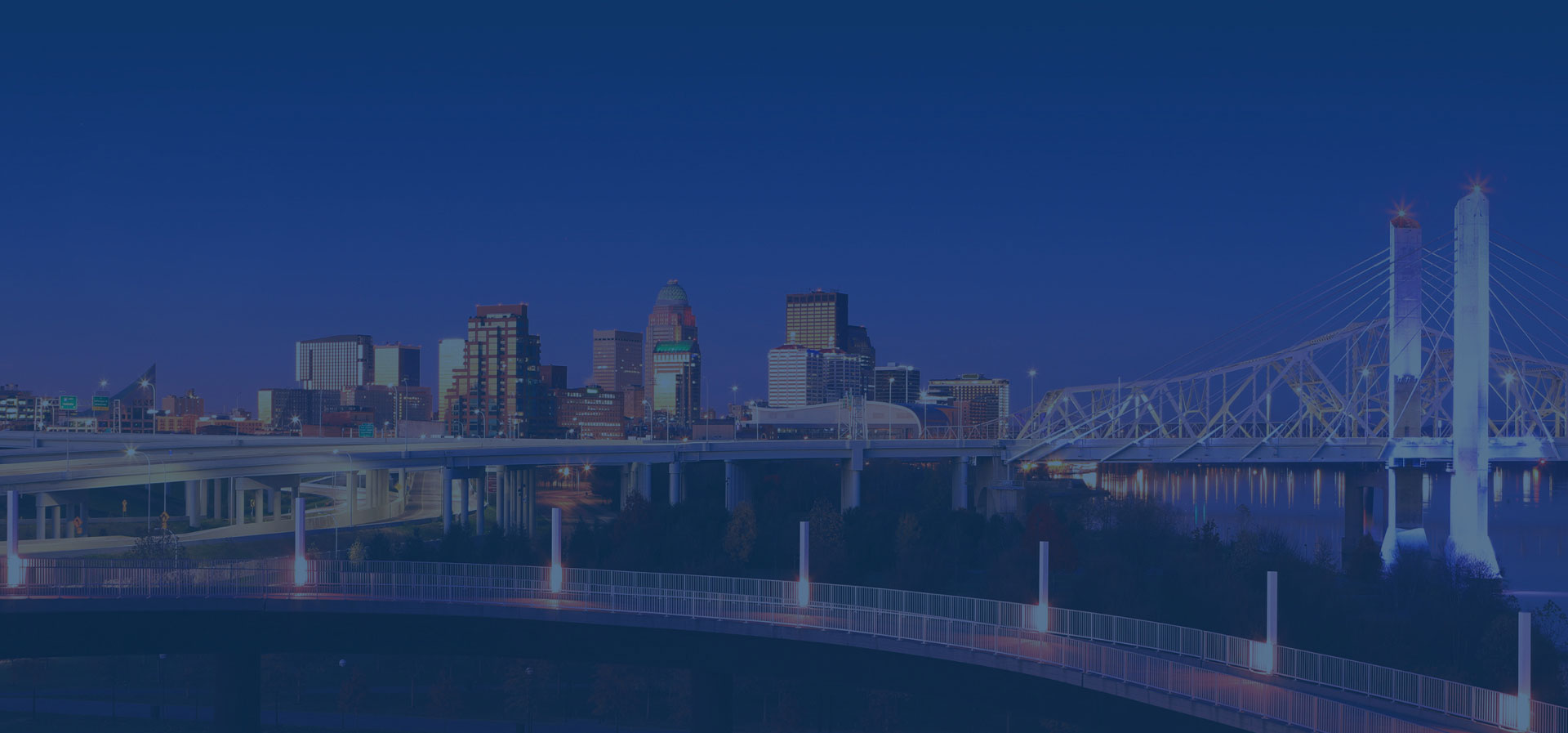The economic downturn that occurred in Kentucky and across the United States around 2008 hit many people quite hard. Lack of growth and a crash in certain markets led to loss of jobs for many, which led to depressed consumer spending, leading to more lay-offs in a negative feedback loop. Unfortunately, when this happened, many individuals found themselves unemployed and with poor job search prospects due to the lack of hiring that was happening.
Now, almost 10 years later, things are better. Many people have gotten back to work, and are beginning to dig themselves out of the financial holes they had found themselves in. Unfortunately for some Kentucky residents, the time without a steady income created some difficulties that won’t go away quite so easily. Perhaps they fell behind on mortgage or car payments. Perhaps they ran up a large amount of revolving-door debt by having to live off of credit cards. In these situations, it may feel like a hopeless task to return to a semblance of financial balance, even now that there’s an income flowing again.
Situations like these may indicate that a Chapter 13 bankruptcy should be considered. These types of bankruptcy petitions, in contrast with Chapter 7 liquidations, generally allow the debtor to agree to a payment plan to perhaps save their property, like a house or car, from foreclosure or repossession. Because of the automatic stay that occurs, such collection activities need to cease when the petition is filed, giving the debtor time to work with the bankruptcy court and creditors to come up with a solution.
It should be noted that Chapter 13 bankruptcy filings are not for everyone. A trustee and bankruptcy court will look to ensure that the income the debtor has is sufficient to create a viable repayment plan, and that there wasn’t a sell-off of assets prior to filing.

